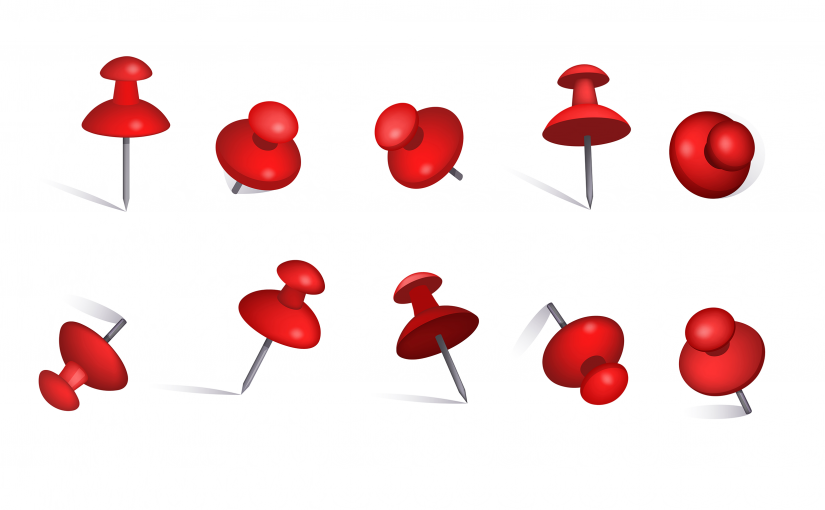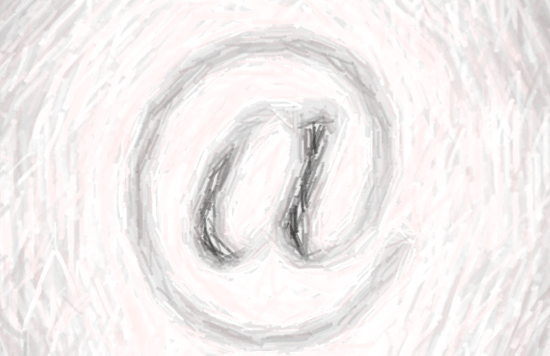
Get Cybersecurity Locked Down
Security breaches can run up financial costs and destroy a company’s credibility. That means cybersecurity is not to be taken lightly.

Security breaches can run up financial costs and destroy a company’s credibility. That means cybersecurity is not to be taken lightly.

Not only is it not feasible for most people to separate work and phones, it may not be wise. Smartphones can boost your productivity in the workplace.

Regardless of the tool you use, effective communication in the workplace depends on the skills and habits of the individuals writing messages.

We have several new features to get the first few months of the new year off to a productive start.


“If everyone were to cut out all the niceties, everyone would be a bitch. But if everyone did it, no one would be a bitch. And right now, everyone is a bitch. Email’s bitch.”
Pyrus was designed with one principle in mind: get items out of your inbox as quickly as possible so you can focus on real work. To that end, some of the basic Pyrus features include:


Pyrus automatically converts incoming inquiries emailed to a designated address such as sales@yourcompany.com into actionable tasks for your sales reps to tackle. Any attachments on the original email are copied over into the new task. Created tasks can be programmatically assigned to a workflow based on the type of inquiry coming in.


Your email inbox is a mess: countless unread messages, email threads that end with a meaningless “OK” with no clear sense of what should happen next, and irrelevant CC’d message threads you can’t unsubscribe from. If that is true of your own inbox, chances are the rest of your team is also suffering.


At Pyrus, we hate email as much as everyone else. It is why we created a platform that structures communication around tasks and processes. To highlight the extent of the problem companies face each day, we compiled a fun list of complaints about the communication medium everyone loves to hate: email.


“mighty displeased”

